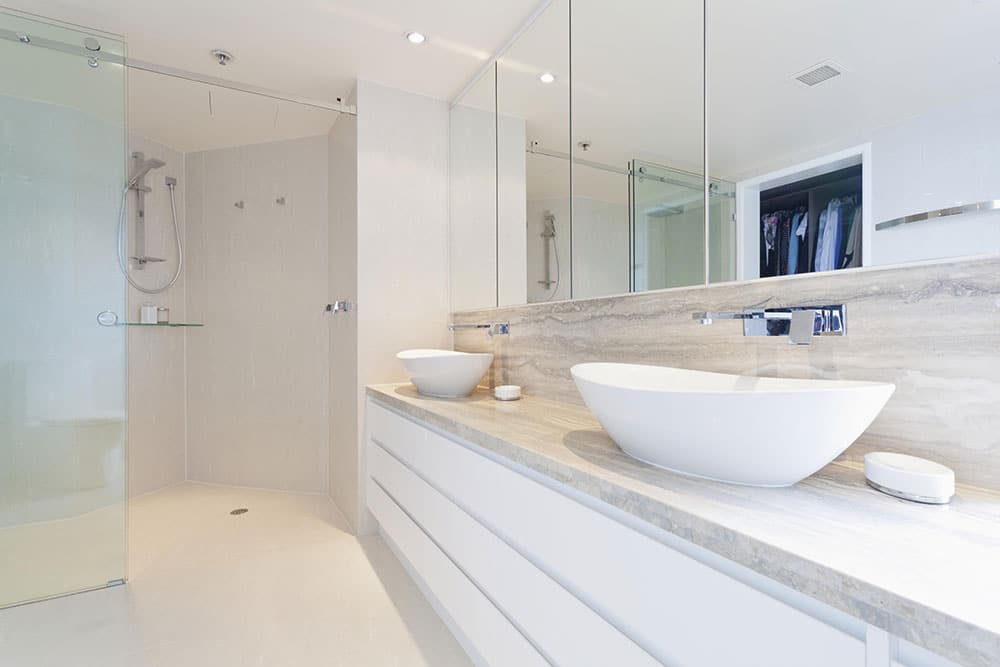When it comes to flooring, there are lots of questions that linger in the mind of every homeowner. Should the same flooring be used throughout the home space? Other floor concerns include the safety, latest trends, maintenance, best colors/styles and durability. While most of these questions are centered around living room floors and to a lesser extent kitchen floors, not much is said about bathroom floors and how they are related to their kitchen counterparts.
Kitchen and bathroom flooring remodel
Kitchen and bathroom flooring are always the last step of a remodel after cabinetry, countertops, lighting and color palettes. Choosing similar flooring for your kitchen and bathroom is recommended since both areas experience the same conditions with water, liquids and spills. It is also cheaper because you can obtain the materials in bulk. However, you may need to use different sizes of materials due to the limited space in your bathrooms.
So, what options do you have when it comes to choosing kitchen and bathroom floors?
- Vinyl flooring
Vinyl is affordable and practical flooring material for moisture prone areas like the kitchen and bathrooms. It is virtually immune to water, good looking, easy to clean and cannot encourage the growth of molds. The standard forms of vinyl flooring are sheet, tile and plank vinyl. Sheet vinyl comes in large sizes and can be installed with few or no seams. It is therefore highly resistant to water.
Luxury Vinyl Flooring (plank & tile) is the most expensive, durable and easy to maintain. It is becoming increasingly popular due to its superior appearance, performance and ease of installation. Luxury vinyl tile flooring has many seams, is beautiful and the easiest to install. The problem with vinyl flooring is the need for a good backing layer.
- Ceramic or porcelain flooring
Ceramic tiles are good flooring materials for both bathrooms and kitchens since they are waterproof, stylish, durable and fairly inexpensive. Ceramic tiles have the advantage of looking great just like wood with many style choices, easy cleaning, good resale value and they work well with radiant heat. However, it can be cold and hard underfoot and slippery.
- Linoleum and wood flooring
Linoleum is a great flooring material for kitchens and besides its variety of designs and colors, it is more durable than vinyl and can stand up to heavy traffic, water, heat and scratches. It is also antistatic and antibacterial making it hygienic and easy to clean. As with bathroom flooring, linoleum is water resistant but not waterproof hence require quality installation which makes this kind of flooring expensive. Solid wood is a good flooring material especially for kitchens but it cannot stand up to moisture. Engineered wood is therefore better since it can hold up well against moisture. However, any type of wood product is subject to damage in bathrooms.
Kitchens and bathrooms require resilient flooring materials like vinyl, porcelain and ceramics and linoleum that stand up well against moisture, traffic and mold. They look good, are fairly affordable, durable and easy to install and clean.



